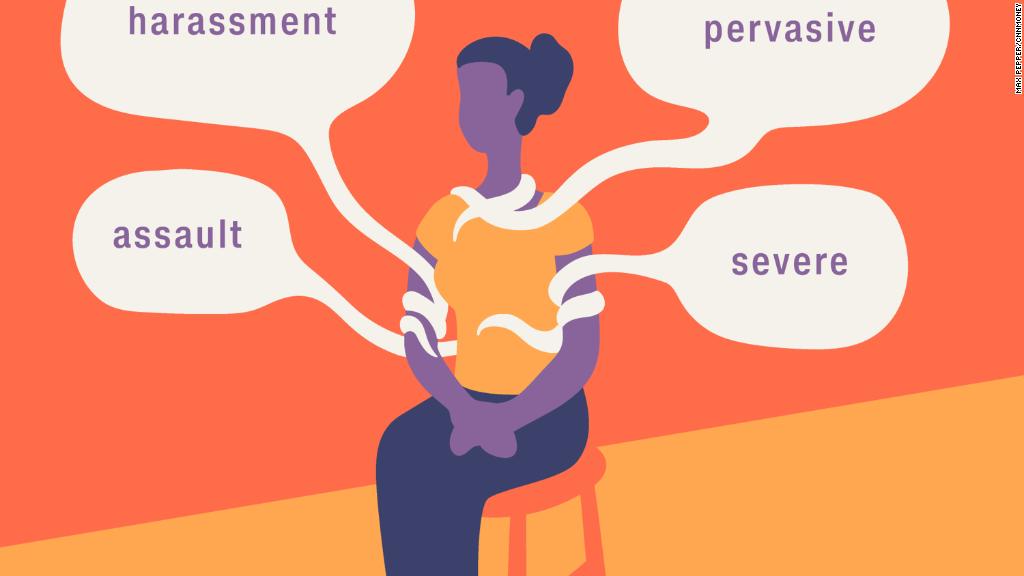
Loaded looks. Repeated glances. Too much eye contact, or not enough.
Such small actions may seem insignificant to some, but can still create a hostile work environment and make it difficult for some workers to do their jobs.
Where do human resources managers draw the line of when to step in, and what can they do to prevent such behaviors?
This kind of "subtle discrimination" can often go unchecked in the workplace, says Kristen Jones, professor of management at the University of Memphis.
"The thing about subtle discrimination is it's so low-level and under-the-radar that it can almost be more damaging because it happens so frequently," Jones says. "It's sort of built into people's everyday behavioral repertoire."
Employees are taught to recognize signs of overt discrimination — like comments or touching — but they often don't know how to categorize anything beyond that, especially when it's something seemingly minor, like a look or a glance, or even something well-meaning like an offer of help.
For example, an employee who repeatedly insists on helping an older employee down the hall, or someone who can't stop staring at a coworker's pregnant belly. Some actions are even more insidious, like staring at a minority employee every time someone brings up race in a conversation, or male partners refusing to look their one female colleague directly in the eye.
Over time, Jones says, these acts of subtle discrimination may damage workplace relationships, even to the point of affecting someone's ability to do their job.
"You're able to recover from overt discrimination because you can categorize it and move on, and at least you know what happened," Jones says. "But with subtle discrimination, you might face it in multiple interactions throughout your day, and you're going to potentially continue to ruminate on those, be in your head about it."
Knowing the signs
Beyond the first challenge of recognizing such behaviors, there's an even bigger challenge: communicating them to your supervisor or your human resources department.
"In the workplace space, there aren't as clear pathways for reporting," Jones says. "How do you report 'He looked at me funny?'"
An even bigger question: How should an HR professional respond?
Monitoring these actions in the workplace is just as hard as it seems, says Johnny C. Taylor, CEO of the Society for Human Resources Management. A good HR professional, he says, has to judge if the behavior stems from ill intent or bias, or if it's just part of the other person's work style.
Take the eye contact example: some people are uncomfortable making eye contact with anyone, not just with a certain person or group of people.
The power of allies
But the important thing, Taylor says, is paving a path for communication. All employees should feel okay bringing a complaint to HR, no matter how small it may seem or how awkward it may feel to spell out exactly what's making them feel uncomfortable.
From there, it's up to HR to make the delicate decision of which behaviors are actionable, and which are not.
"Those can only be addressed through a transformation of culture in an organization," he says. "Where you see those behaviors taking place, it's up to HR to say 'my finger is on the pulse of this organization, and this isn't OK.'"
Allies can play a key role in combating this behavior, Jones says, simply by stepping in to say something.
"With overt types, it's more obvious, so it's easy for a bystander to say 'That isn't cool. What are you doing?' to jump on it in the moment," she says. With subtle discrimination, that can be harder.
This is the opportunity for an HR professional to institute more nuanced training in the workplace, Taylor says. Training that focuses on unconscious bias and a variety of examples of discrimination behaviors can empower everyone to recognize the effects of their actions, and to step in when they see them happening.
"Help people become aware of their own biases," he says. "We make people aware of it, and we say 'This is not what we stand for.'"
